The Depths of Simplicity
Recently, one of my students who is in both my weekly class and my student troupe mentioned that she felt she was “getting off easy” with the class choreography. I should first tell you that I have a remarkably hard-working student troupe that constantly reaches for a new challenge – and does it with gusto and smile. For this I am eternally grateful as a troupe leader.
Her comment did get me thinking about how we as dancers in general handle situations that may not be pushing our personal technical borders. Perhaps you find yourself in a make-up class a level below your regular class or a workshop that isn’t quite as challenging as you expected it to be. What do you do? Is it a waste of your time? I think not. In fact, I think we can turn it into a special challenge of a different and valuable kind.
The intricacies of technique can be a wonderful thing. Complicated combinations of isolations and shapes push our mental skills as much as the physical. They help us develop an advanced movement vocabulary to add to our choreographies and improvisational dance. They are important to the progression of skill but they are only a part of what counts when the curtain opens.
When we dial down the complexity of our movement, either by conscious choice or by circumstance, we have an opportunity to practice turning up other important qualities of our dance. As Fahtiem so wonderfully says, “There are no magic steps that will make you a great dancer; there is only the magic you put in each and every step.” These dialed down practices let us work on the “magic”. I won’t presume to know what Fahtiem considers magical, but I think that since dance is art, magic is in the eye of the beholder. I can tell you the subtle elements that I think elevate a performance.
Posture
This one is deceptive. Posture is the first thing taught in dance classes and teachers constantly remind beginners to revisit it as they learn new moves. It protects our bodies, makes us biomechanically more efficient in motion and lets our intricate isolations be seen more clearly but there’s so much more. Regal posture announces us wordlessly on the stage and commands the audience to keep their eyes glued for the next beautiful thing we’ll do. Posture is the amplifier for the attitude and emotion on our face. Great posture says “I am confident.” Posture in motion lets us float across the stage.
Flow
One nice movement + another nice movement = two nice movements. One nice movement (with great posture) + another connected by a beautiful transition of arms and weight = much, much more. Now we start to see grace.
Personality and Emotion
This one is really the cherry on top of your bellydance sundae. As human beings who happen to be on the stage dancing in front of other human beings, the best performances make a genuine person to person connection even across the distance of a large venue. Practice being mindful of what your face is saying. Does it read “what ‘s the next step?” or worse, a cheesy plastic grin? Or does it express the energy of the music – ethereal and romantic, playful, assertive. What your face expresses, your posture projects to the back row.
Nanna Candelaria also has some wonderful thoughts on how beautiful simplicity can be. But I’ll let her, and her dancing speak for herself.
So next time you find yourself in a combo or choreography that you could do in your sleep, don’t just dance with your body – dig deep and let the dance lesson be for your heart.
What elements beyond technique add the “magic” to a performance in your eyes? Tell us in the comments below….


